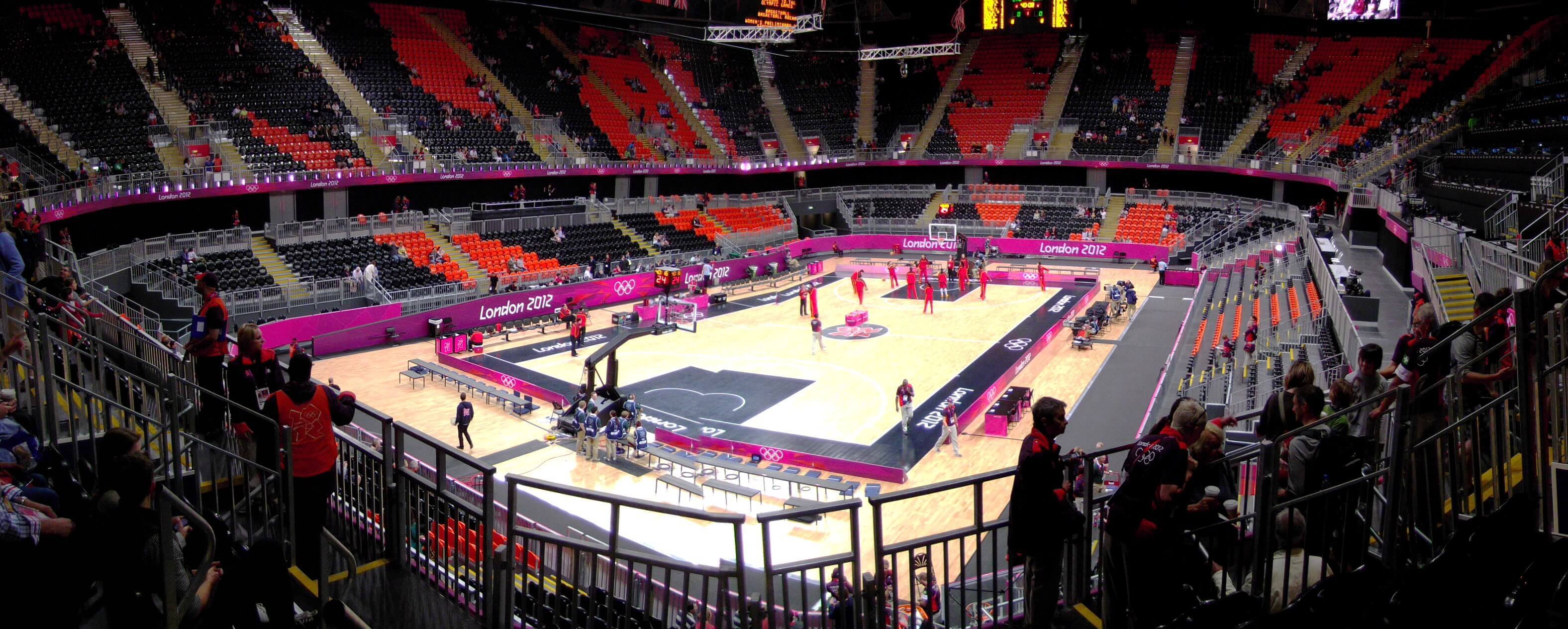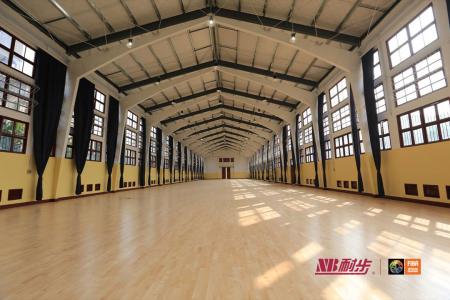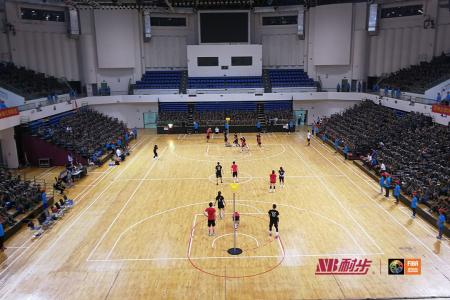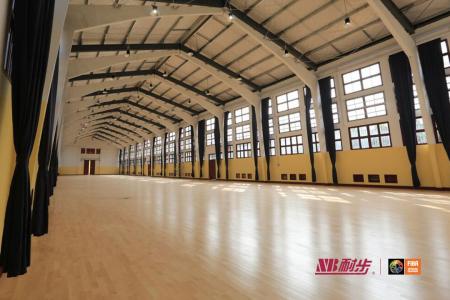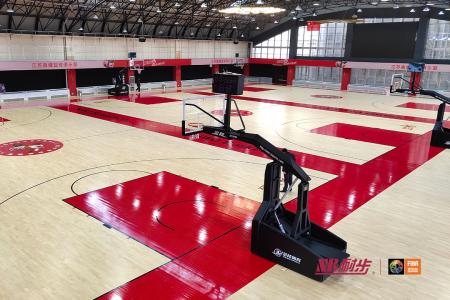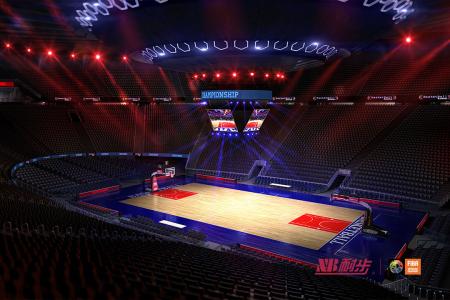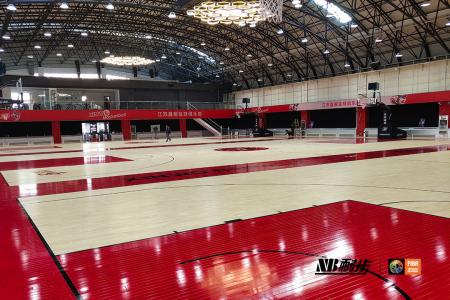High Performance Stage Sports Wood Flooring: A Guide to Selection and Maintenance

Stage As the core element of professional performance venues and stadiums, sports wood flooring has a direct impact on performance and athlete performance in terms of quality and performance. When selecting and maintaining stage sports wood flooring, you need to comprehensively consider many factors, including material, structure, performance and daily maintenance. This article will discuss in detail how to choose high-performance stage sports wood flooring from multiple perspectives and provide comprehensive maintenance recommendations.
1. Material selection for stage sports wood flooring
1.1 Solid wood material
Solid wood flooring is widely favored for its superior elasticity and natural beauty. Commonly used solid wood materials include maple, oak and beech. These materials have the following advantages:
- Good elasticity: It can effectively reduce the fatigue of athletes and increase the comfort of performers.
- Strong wear resistance: Solid wood flooring has been specially treated to greatly enhance its wear resistance and long service life.
- Beautiful and natural: solid wood has natural texture and rich colors, which can add natural beauty to the stage.
1.2 Composite wood
Composite wood flooring is made of multiple layers of wood boards of different materials glued together and has the following characteristics:
- Stable structure: multi-layer structure is effective Prevents floor deformation and is suitable for high-frequency stage environments.
- High cost performance: Compared with solid wood flooring, composite wood flooring is more affordable and its performance is not inferior.
2. Structural design of stage sports wooden floor
2.1 Surface layer
The surface layer is mainly made of high-hardness wood, which has been polished and coated multiple times , improve the wear resistance and anti-slip properties of the floor. The thickness of the surface layer and the number of coatings directly affect the service life and maintenance difficulty of the floor.
2.2 Buffer layer
The buffer layer is located in the middle part of the floor. Its main function is to provide elasticity and shock absorption effect. Common cushioning materials include rubber pads and foam pads. The high-quality cushioning layer can effectively reduce the impact of athletes and protect joints and ligaments.
2.3 Bottom layer
The bottom layer is mainly responsible for the stability and support of the floor. Usually plywood or solid wood panels with moisture-proof and insect-proof treatment are used to ensure that the floor can maintain a stable structure in different environments.
3. Performance requirements of stage sports wood flooring
3.1 Elasticity and shock absorption performance
High-performance stage sports wood flooring should have excellent elasticity and shock absorption properties Shock performance can effectively absorb impact and reduce the risk of injury to athletes. This mainly depends on the material of the floor and the design of the buffer layer.
3.2 Wear resistance and pressure resistance
Stage sports wood flooring needs to withstand heavyA lot of trampling and equipment movement, so its wear resistance and pressure resistance are particularly important. The floor surface should be specially treated to improve its wear resistance and slip resistance, and the underlying structure should also be able to withstand greater pressure without deformation.
3.3 Environmental protection and health
The stage sports wooden floor should be made of environmentally friendly materials and should not release harmful substances to ensure the health of performers and audiences. At the same time, the moisture-proof and insect-proof performance of the floor also need to meet standards to extend the service life of the floor.
4. Routine maintenance of stage sports wooden floor
4.1 Cleaning and maintenance
Regular cleaning is an important part of maintaining the stage sports wooden floor. It is recommended to use professional wood floor cleaners and avoid cleaning products containing corrosive ingredients. Avoid using large amounts of water when cleaning to prevent moisture from seeping into the floor and causing damage.
4.2 Regular Inspections
Regularly inspect the surface and structure of the floor to discover and repair scratches, cracks and loose parts in a timely manner. Deep scratches and damage should be repaired by a professional.
4.3 Control the environment
Maintain appropriate humidity and temperature of the stage environment to avoid deformation of the floor due to changes in humidity. It is recommended to install dehumidification equipment and air conditioning systems to ensure a stable environment.
5. Suggestions for selecting stage sports wood flooring
When choosing stage sports wood flooring, the following aspects should be considered comprehensively:
- Venue requirements: Choose the appropriate floor material and structure based on the purpose and frequency of use of the site.
- Budget considerations: When choosing a cost-effective floor within your budget, you must consider both the initial cost and the long-term maintenance cost.
- Brand and quality: Choose a brand with a good reputation and quality assurance to ensure the performance and service life of the floor.
Conclusion
As an important part of professional performance and sports venues, the selection and maintenance of stage sports wood flooring is crucial. Through scientific material selection, reasonable structural design and meticulous daily maintenance, the performance and service life of the floor can be effectively improved, providing a safe and comfortable stage environment for performers and athletes. I hope the detailed introduction in this article can provide you with valuable reference when selecting and maintaining stage sports wood flooring.

